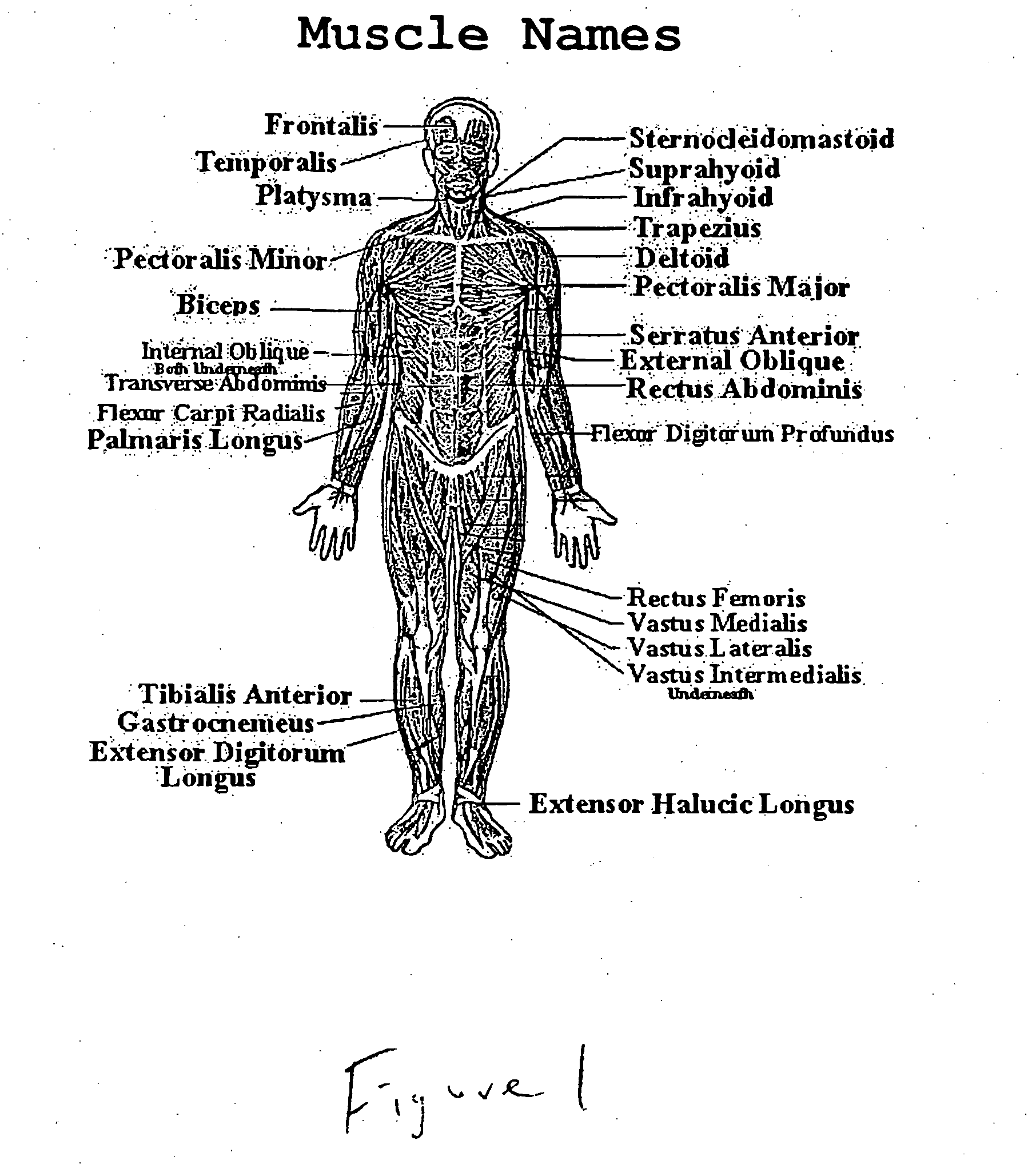Implantable tracking and monitoring system
a tracking and monitoring system technology, applied in the field of animal tracking and monitoring systems, can solve the problems of unsuitable long-range location finding, and limited range of both devices, and achieve the effect of not being used for monitoring purposes, and being unsuitable for long-range location finding
- Summary
- Abstract
- Description
- Claims
- Application Information
AI Technical Summary
Problems solved by technology
Method used
Image
Examples
Embodiment Construction
[0018] Embodiments described herein provide several useful features. One such feature is a biocompatible surface such as silastic polymer that may be used to coat the exterior of an implanted locating device, thus allowing long term implantation. Another is the use of an outside transmission signal to activate a transmitter circuit(s) for a short time and thus limit the need for an energy intensive radio transmission until desired for use by an outside receiver. This feature conveniently allows a user to set up and adjust one or more receivers for finding the homing signal at the users convenience and then instruct the implantable device to transmit a homing beacon to the waiting electronic receiver(s). By using the implantable device as a transponder, power requirements are greatly reduced and a small battery may be used over a longer time period. In further embodiments of the invention the transponder receiver circuit is kept off most of the time, further slashing power requiremen...
PUM
 Login to View More
Login to View More Abstract
Description
Claims
Application Information
 Login to View More
Login to View More - R&D
- Intellectual Property
- Life Sciences
- Materials
- Tech Scout
- Unparalleled Data Quality
- Higher Quality Content
- 60% Fewer Hallucinations
Browse by: Latest US Patents, China's latest patents, Technical Efficacy Thesaurus, Application Domain, Technology Topic, Popular Technical Reports.
© 2025 PatSnap. All rights reserved.Legal|Privacy policy|Modern Slavery Act Transparency Statement|Sitemap|About US| Contact US: help@patsnap.com



